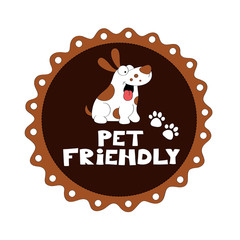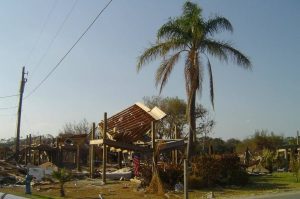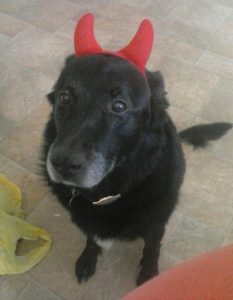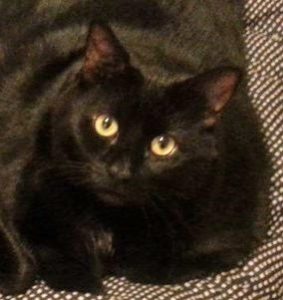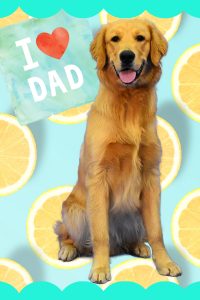Legislative Corner – Service and Emotional Support Animals
There is significant controversy and misunderstanding about the laws governing service and emotional support animals. This article will attempt to clear up some of the confusion and offer credible links to internet sites where readers can research the topic more deeply.
Essentially, the Federal Government says even in places where animals are prohibited, a person with a disability may not be excluded from any place people without disabilities are allowed, even if the disabled person is accompanied by a service animal. Further, the law says a service animal is NOT A PET. It’s an animal with a job to do. Here’s the link to the American Disabilities Act, the federal law governing access by people with disabilities and their service animals:
https://www.ada.gov/service_animals_2010.htm
There are also State and Local laws pertaining to service animals. Here’s the link to the New York City Bar Association’s internet site pertaining to use of service animals in NY State:
http://documents.nycbar.org/files/guide-to-the-use-of-service-animals-in-new-york-state.html
The following link explains in some detail the difference between a psychiatric service animal and an emotional support animal. You should note, the laws pertaining to service animals don’t automatically apply to emotional support animals. The link will explain the difference between the two:
http://servicedogcentral.org/content/node/76
To reiterate, an emotional support animal is not automatically covered by the ADA or the Human Rights Act of NY State, the way a psychiatric service animal would be. So if an emotional support animal issue erupts, the people involved may end up going to court to decide how the animal will be treated. In such a case, the court will refer to the individual case’s details in the light of prior cases (precedent) in the state legal archives. CLICK HERE for a link offering a number of cases where emotional support animal disagreements had to be settled by a New York court.
Bottom line is, if you are disabled and require a service animal, that animal will be trained to do a specific task to help you get through life. You and your service animal will have certain rights that other pet owners will not. If you have an emotional support animal, you will need to research in advance the policies of the places where you intend to go with that animal in order to be sure emotional support animals are allowed there.
If you love your pet and you do not truly have a disability, please be considerate and don’t just purchase a service pet harness or vest to gain your pet’s access to places where only service animals are allowed. Each time this is done, it risks public safety and it steps on the rights of people who truly need a trained animal’s help to get through life.

